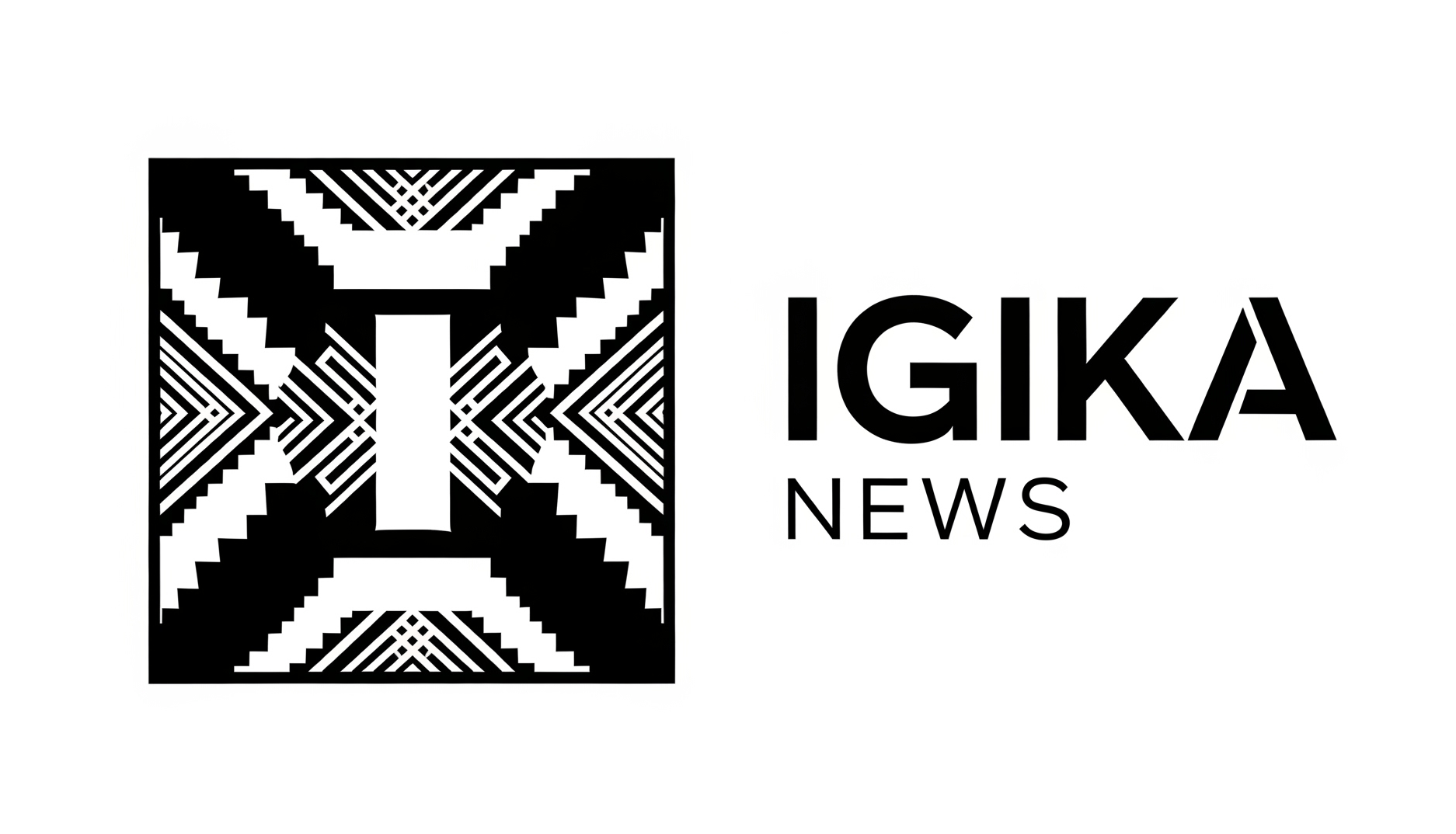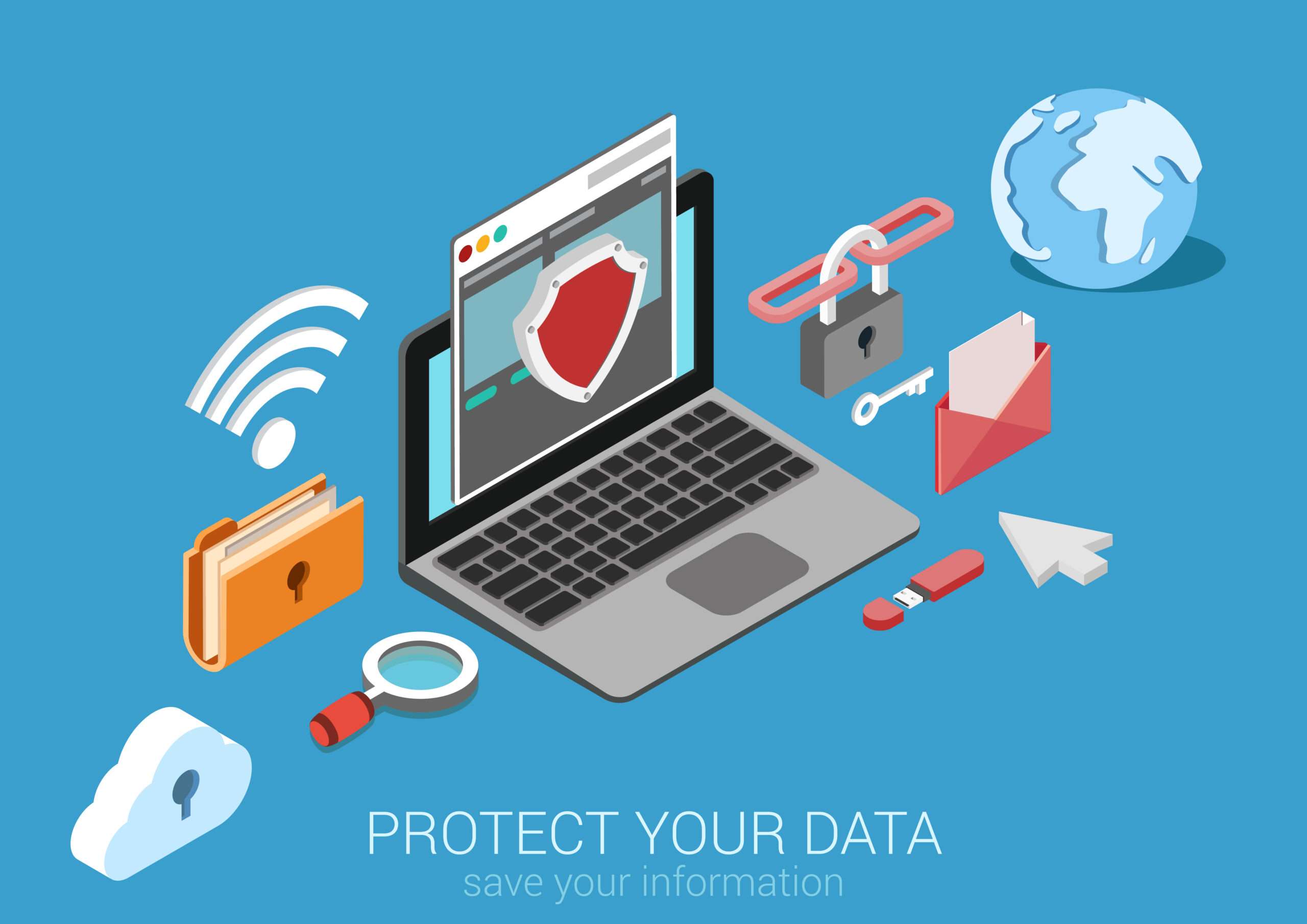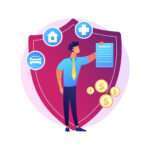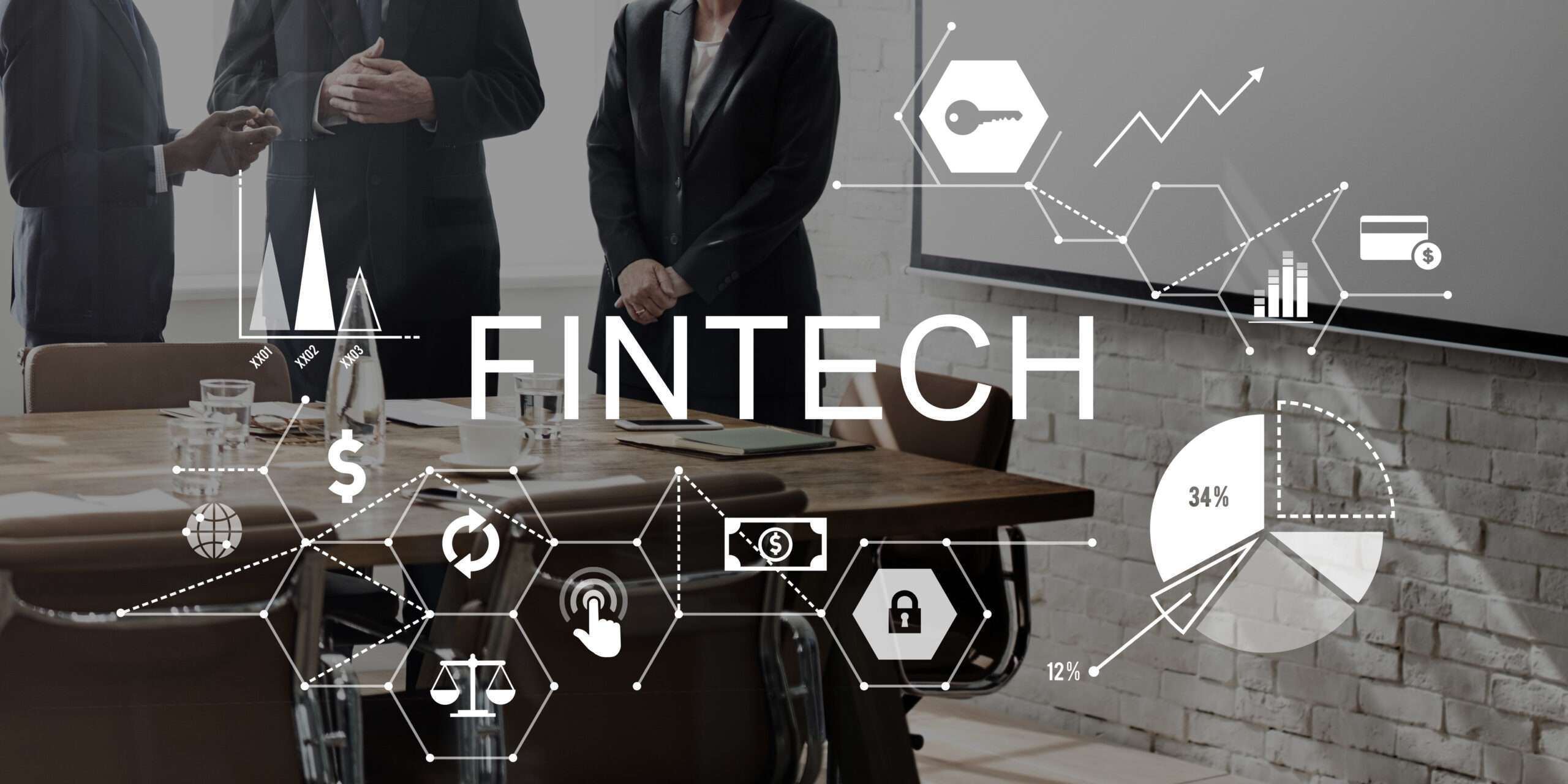Introduction
Online banking has revolutionized the way people manage their finances, offering convenience and accessibility like never before. With just a few taps on a smartphone or clicks on a computer, users can transfer money, pay bills, and monitor their accounts anytime, anywhere. However, this convenience comes with risks, as cybercriminals continuously seek ways to exploit vulnerabilities.
Staying safe while using online banking services is essential to protect personal information, prevent financial losses, and avoid identity theft. This article will explore the best security practices to help you safeguard your online banking experience.
Understanding Online Banking Threats
Cybercriminals use various tactics to target online banking users. Some of the most common threats include:
- Phishing Attacks – Fraudsters send emails or text messages pretending to be from a bank to trick users into revealing sensitive information.
- Malware and Keyloggers – Malicious software can be installed on devices to track keystrokes and steal login credentials.
- Man-in-the-Middle Attacks – Hackers intercept communications between a user and a bank to steal information.
- Data Breaches – Cybercriminals exploit weak security measures in banking systems to access user data.
Understanding these threats is the first step in staying safe. Now, let’s explore how to protect yourself from online banking fraud.
Use Strong and Unique Passwords
A weak password is an open invitation for hackers. To secure your banking account, ensure you use a strong and unique password. Here are some tips:
- Use at least 12-16 characters.
- Include a mix of uppercase letters, lowercase letters, numbers, and special characters.
- Avoid using personal information such as birthdates or names.
- Never reuse passwords across multiple accounts.
Using a password manager can help you generate and store complex passwords securely.
Enable Two-Factor Authentication (2FA)
Two-Factor Authentication (2FA) adds an extra layer of security by requiring a second form of verification in addition to your password. This can be:
- A one-time code sent via SMS or email.
- A biometric scan (fingerprint or facial recognition).
- A security token or authentication app.
Enabling 2FA significantly reduces the risk of unauthorized access to your banking account.
Be Aware of Phishing Scams
Phishing is one of the most common methods used by cybercriminals to steal banking credentials. These scams typically involve fraudulent emails, messages, or fake websites that trick users into entering their login details.
To avoid phishing attacks:
- Never click on links or download attachments from unknown sources.
- Verify emails and messages from your bank by checking for official domain names.
- Contact your bank directly if you receive a suspicious message.
If you suspect a phishing attempt, report it to your bank immediately.
Always Use Secure Internet Connections
Public Wi-Fi networks, such as those in cafes or airports, are not secure and can expose your banking details to hackers.
To protect yourself:
- Use a Virtual Private Network (VPN) when accessing your bank account on public networks.
- Avoid logging into your bank account using public computers or shared devices.
- Always use your mobile data connection if no secure Wi-Fi is available.
Keep Your Devices and Software Updated
Outdated software often contains security vulnerabilities that hackers exploit. Keeping your devices and applications up to date helps protect against cyber threats.
- Enable automatic updates for your operating system, browser, and banking apps.
- Regularly check for updates on your antivirus software.
- Remove outdated applications that you no longer use.
Monitor Your Bank Statements Regularly
Checking your bank transactions frequently can help you detect unauthorized activity early.
- Set up alerts for any transactions made on your account.
- Report any suspicious transactions to your bank immediately.
- Keep track of your spending habits to spot irregularities.
The sooner you detect fraudulent activity, the faster you can take action to minimize damage.
Use Official Banking Apps and Websites
Cybercriminals often create fake banking websites and apps to steal user credentials. To avoid falling into this trap:
- Only download banking apps from official app stores.
- Verify the app’s legitimacy by checking reviews and ratings.
- Ensure that banking websites have “https://” in the URL.
Bookmark your bank’s official website to avoid accidental visits to fraudulent sites.
Beware of Social Engineering Attacks
Social engineering is a manipulation tactic used by scammers to trick people into revealing sensitive information.
Common tactics include:
- Pretending to be a bank representative and requesting login details.
- Creating fake emergency situations to rush users into giving out information.
- Using personal information gathered from social media to appear trustworthy.
Always verify the identity of anyone claiming to be from your bank before sharing any details.
Secure Your Devices with Antivirus and Firewall Protection
Using reliable security software can help detect and block malware or hacking attempts.
- Install a reputable antivirus program on your devices.
- Enable firewalls to block unauthorized access.
- Avoid downloading software from unknown sources.
Regular security scans can help detect and remove potential threats before they cause harm.
Log Out After Every Banking Session
Always log out from your online banking account when you’re done, especially on shared or public devices. This simple step prevents unauthorized access if someone else uses the same device.
Avoid Saving Banking Details on Browsers
Many browsers offer to save passwords for convenience, but this can be risky. Instead, use a password manager for secure storage.
What to Do If You Suspect Fraud
If you notice any unusual activity in your bank account, take immediate action:
- Contact your bank and report the suspicious transaction.
- Change your banking passwords immediately.
- Monitor your account for further unauthorized activity.
Your bank can guide you on additional steps to secure your account.
Conclusion
Online banking security is crucial in today’s digital world. By following these safety tips—using strong passwords, enabling 2FA, avoiding phishing scams, and monitoring your accounts—you can significantly reduce the risk of fraud. Staying vigilant and proactive will ensure a safe and secure online banking experience.
FAQs
- How do I know if my online banking account has been hacked?
Look for unauthorized transactions, login attempts, or changes to account details. - Is mobile banking safer than online banking on a computer?
Both can be safe if security measures like 2FA and strong passwords are used. - What should I do if I receive a suspicious email from my bank?
Do not click on any links. Contact your bank directly to verify its authenticity. - How often should I change my online banking password?
It’s recommended to change it every few months for added security. - Are banking apps safer than using a web browser for online banking?
Yes, official banking apps are generally more secure than browsers due to built-in security features.












